One question that I often thought about when I first started out was: Why do other landscape photographers always have these amazing sunsets with a burning sky, the clouds are going crazy and there is a huge thunderstorm coming from the left with stunning flashes everywhere?
Okay, maybe I'm exaggerating right now, but that’s how I often feel while looking at all these amazing images on platforms like this one or Instagram.
After talking to so many photographers, the answer seems pretty simple: Other photographers aren’t luckier than you or me, they just manage to be at the right spot at the right time. They are even a few hours earlier in order to compose the best possible shot because you won’t have the time to focus on this amazing sunset while running around to find the perfect position. And these photographers come back - sometimes every day for weeks - until they got these breathtaking clouds they were waiting for.
To be honest I never thought about this... going back to 1 spot so many times just seemed odd to me, because usually I just tried to get the best result out of the photos I took. If the sunset was decent and the result was good, I was fine with that and you are maybe too, but the top landscape photographers are not.

Jubelpark, Brussels - This photo is a good example of an amazing spot with boring weather conditions that results in a decent but definitely not in a top shot.
You made the shot and went to this beautiful spot to take a picture of an amazing skyline... but the sky is just boring. Well, that sucks, but that’s also a part of landscape photography. You work under very unstable and mostly unchangeable conditions. The only thing you can do is to get the best possible shot while you're there and come back when the conditions are better.
Otherwise, it's like leaving your painting unfinished because there are parts that don’t add anything to your final composition.
I once heard a very inspiring talk from one of my favorite photographers Elia Locardi, who talked about how often he came back to one place until he captured the scene in a way he was thinking of it. That speech definitely made a dent for me, because during this time I was totally focused on how I could improve by doing better postwork or how to take better photos. My "How can I get better photos?" suddenly changed into "When can I get better photos?".
Although you need a little bit of luck for sure to get the very best results, there are factors besides these unchangeable things that you can and should consider while planning your next photography trip.
Important factors
Season
Some places are most beautiful during spring... others just appeal on snowy winter days. That’s nothing new, but it's still an important factor for landscape photographers.
You should also think about the number of people in your image. Depending on the season, your chances are better that there are fewer people at places you would like to photograph. Vacation destinations are usually much easier to shoot outside the vacation season, while other places may be a better choice during the summertime because that’s the time when the sun rises very early and most people are still sleeping.
Think about the right season and time when your desired spot is usually uncomfortable for other people to visit – that’s probably your best available time slot!
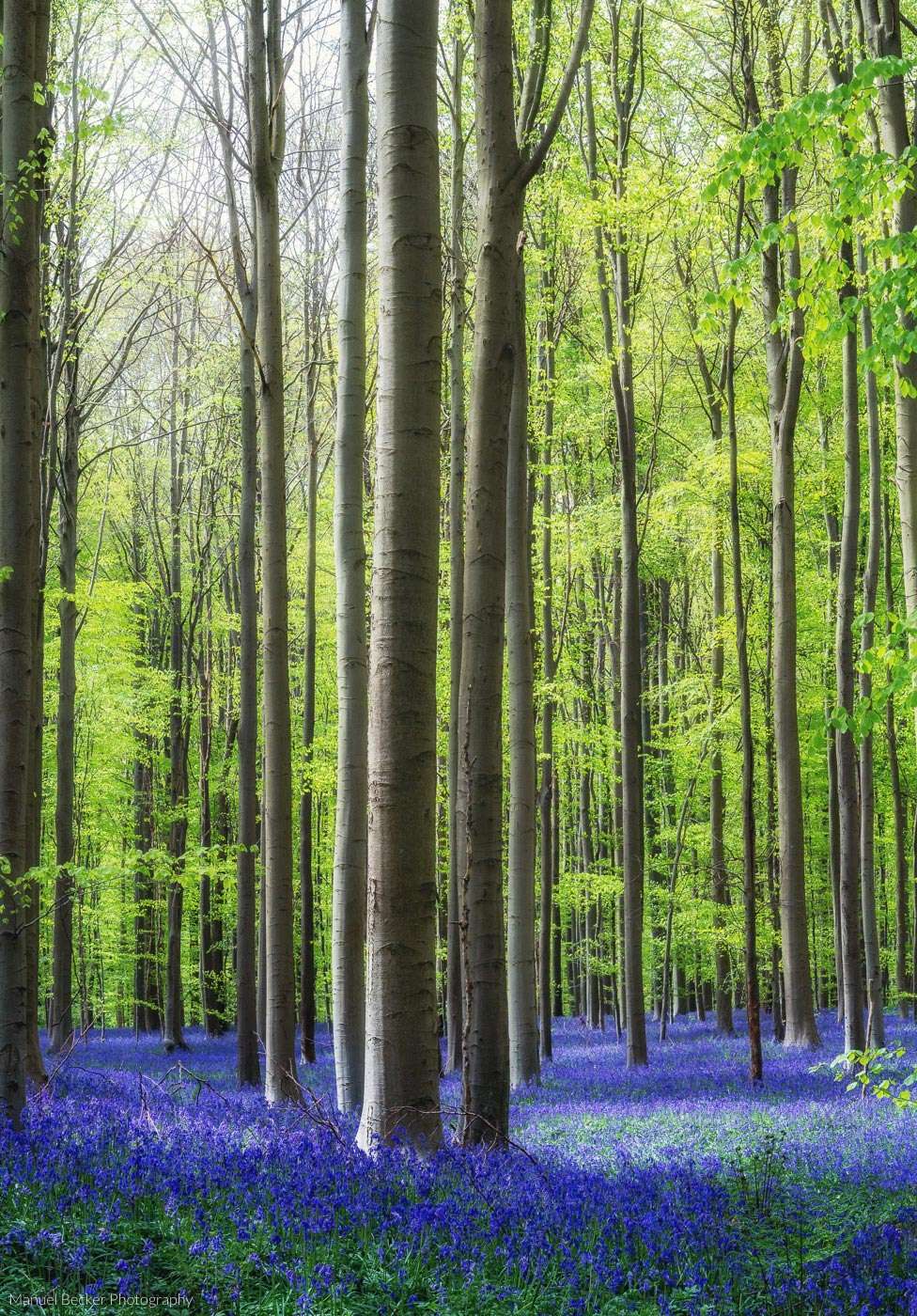
Bluebell forest Hallerbos near Brussels
Time
The right timing always depends on the spot you want to shoot and where the sun is rising or setting at this place. In my opinion, this usually results in two or maybe even just one-time slot per day when you should be at any particular spot: during sunrise or during sunset.
There are always exceptions to the rule, but that's probably the best available light you can get for your photos. Both events consist of 3 different parts: the golden hour, the sunrise/sunset itself, and the blue hour. The sunset, for example, starts with the golden hour, and, after the sunset itself, you still have the blue hour you should use until the sky gets black.
Afterward, the sky is usually too dark, resulting in a huge black part of your image with nearly zero details. Unless you are at this spot to shoot the stars, this is when you normally stop shooting.

Sunset at Kennedy Bridge, Bonn
Weather
The weather isn't particularly predictable for huge periods of time, but you can use the weather forecast a few hours before your trip to choose the right spot for that day.
Learn how to read the weather radar and watch out for cloud fronts during sunrise or sunset and where they are coming from.
Your results will look boring with a huge grey cloud ceiling or without any clouds in the sky at all. That’s why sunshine and "good weather" doesn’t equally mean perfect weather for photography. Often the best times for dramatic clouds or amazing sunsets are just before or after a storm.
Another important stylistic element is fog, which can add that mystical mood to your photos. Especially woods, valleys, or castles in particular look great with fog. It's not fully predictable, but your chances increase in the early morning in the spring and autumn. Getting up that early may be uncomfortable, but it’s often worth the effort when you really want that special shot.
Finally, depending on the spot, even rain can add a nice mood to your results. It’s up to us as photographers to decide what feelings we want to convey to the viewer.
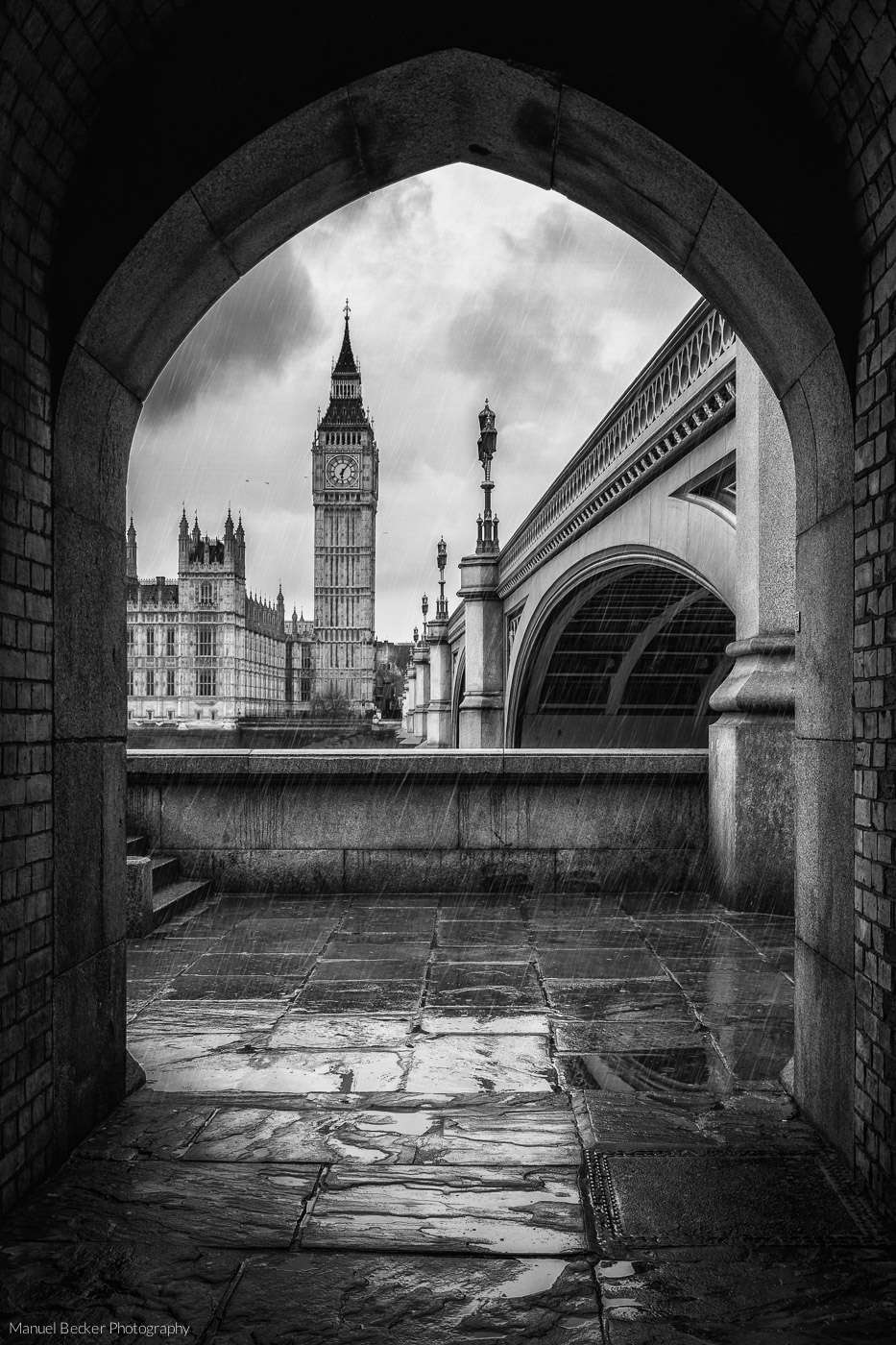
Special Events
Obvious, but still often forgotten, are special events that take place at the spots you want to shoot. Fireworks are a good example, but also blooming periods, hot-air balloon festivals, or even historical events like New York’s Tribute in Light are things you should consider while planning your shooting.
Things like that can make a huge difference and add something special and unique to your photography.

Special advice for beginners
Since time doesn’t ever seem to take a break, your whole scene is changing every second. Therefore, it’s always good advice to use a tripod and take multiple shots of the exact same frame as you would do this for an HDR during complex lighting conditions.
I've improved so many photos by just taking multiple shots and merging them into one single composition. In one shot there may be some car trails that look nice, while another one contains better cloud formations, and yet another looks better with all these lights of the skyscrapers turned on even if they were off during sunset for your main shot.
Think about what's changing in your scene and what's important for you to capture. Most of the time I am even configuring my camera settings for special parts in my photo by choosing a longer exposure for a car that is driving by to get these beautiful light trails. The rest of the scene may look odd, but that doesn’t matter because I already know that I got the other parts in shots I did before.
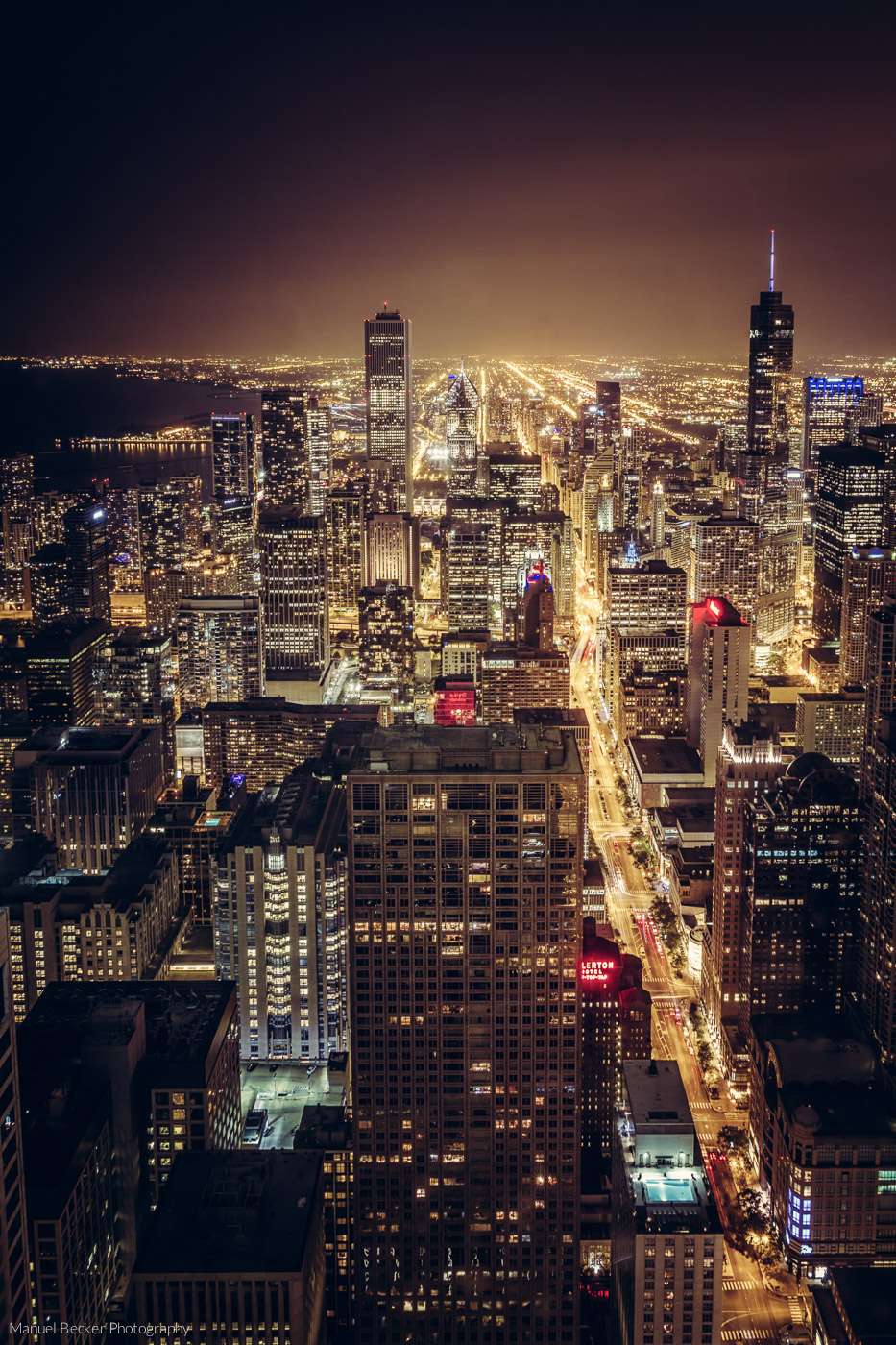
View from John Hancock Building, Chicago
In my opinion, it’s sometimes better to focus on just one single element in your scene instead of getting everything just perfect. You can wait for this perfect moment or you can combine multiple moments together to create your own scene. This is not different in my mind than what a fashion photographer does in his studio by telling his model how he wants her to pose… with the exception that you can’t instruct nature.
To cut a long story short: You can extract single elements in time by merging multiple shots, but you don’t have to if you consider this as cheating. For me - and for most of the viewers of your photography - it’s the result that matters, not how you got it. But that’s just my personal view.
Did I miss any important factors to consider? Feel free to add them in the comments below!
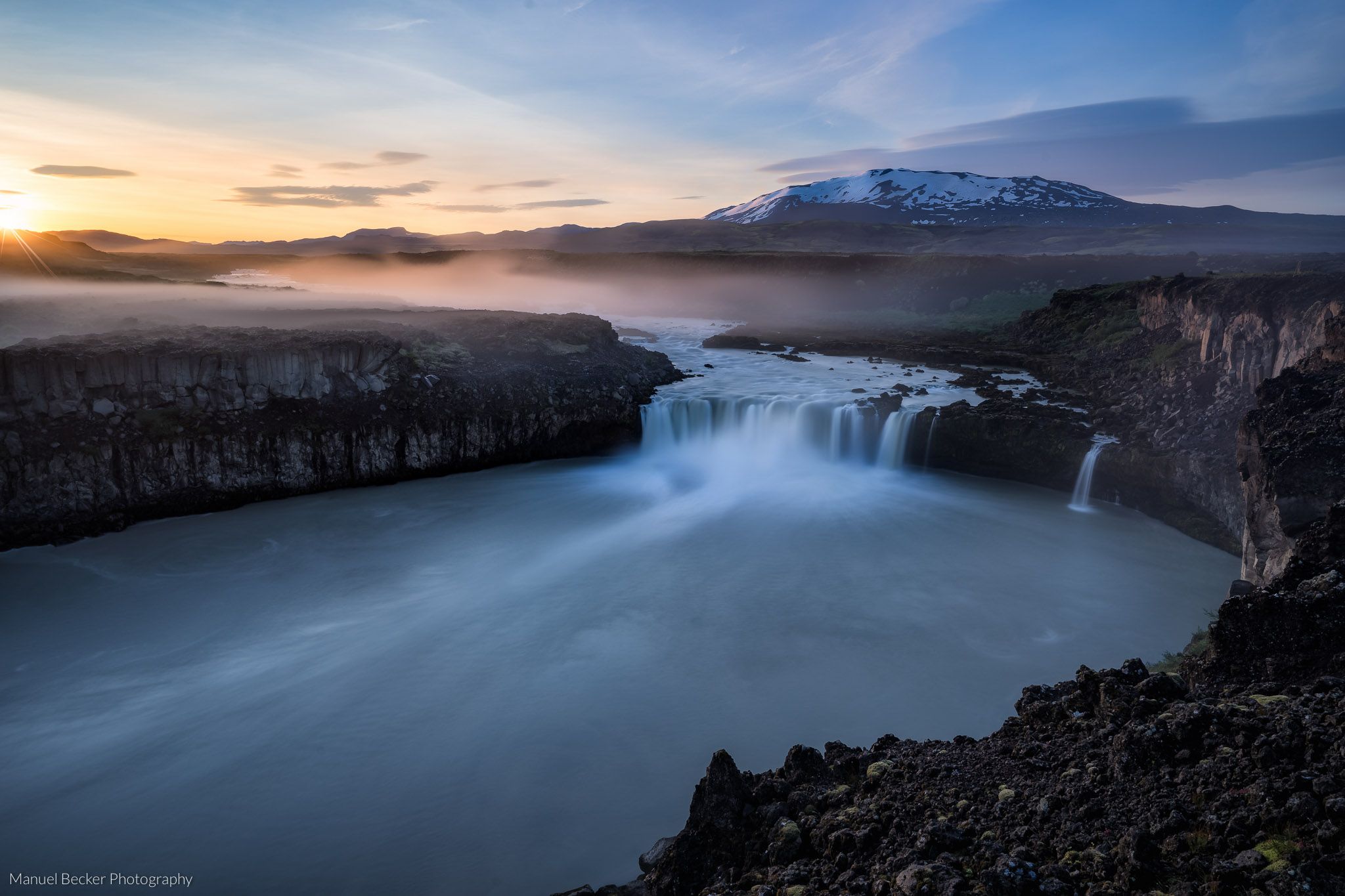
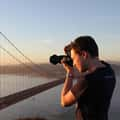



Comments (9)